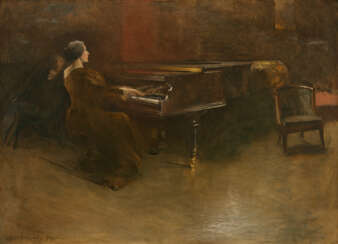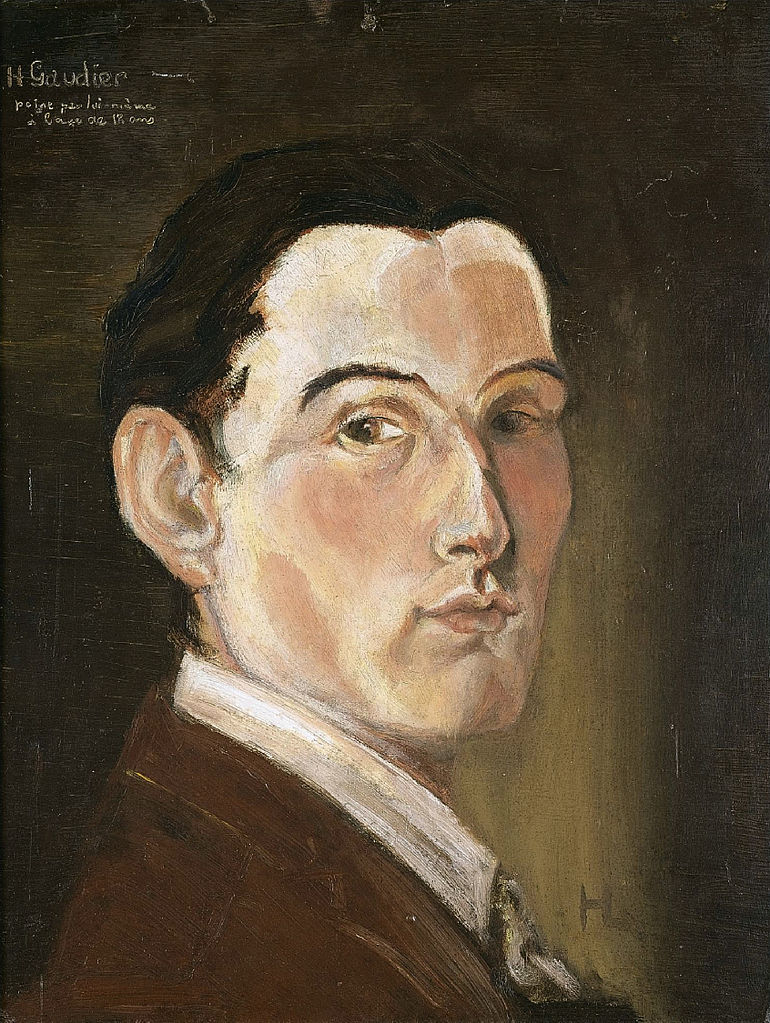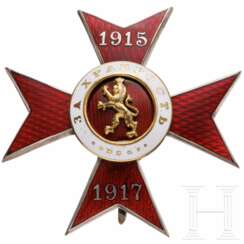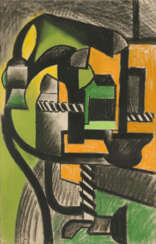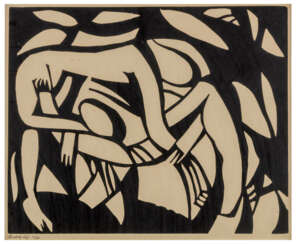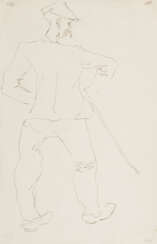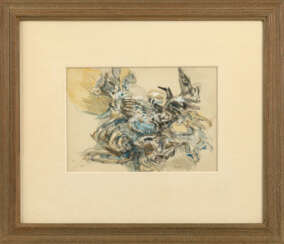1915

John White Alexander was an American portrait, figure, and decorative painter and illustrator.


John White Alexander was an American portrait, figure, and decorative painter and illustrator.


Heinrich Baucke was a German sculptor renowned for his neo-baroque masterpieces, flourishing at the turn of the 20th century. Born in Düsseldorf on April 15, 1875, Baucke dedicated his life to the creation of statues and memorials that captured the nobility and distinguished figures of his time.
Trained at the Kunstakademie Düsseldorf under the tutelage of Karl Janssen from 1891 to 1900, Baucke's sculptures won him first prizes in competitions, solidifying his reputation as a preeminent artist. His works, primarily in bronze, are celebrated for their intricate detail and evocative presence. One of his earliest successes, "The Victorious Boxer" created in 1897, today stands in the Kunsthalle Düsseldorf, a testament to his skill and artistic vision.
Baucke's creations are not just pieces of art; they are historical dialogues in metal, with works like the bust of German Emperor Wilhelm I and the statue of King Friedrich I adorning public spaces, bridging the past with the present. His death on April 12 or 13, 1915, in Ratingen, marked the end of an era for German neo-baroque sculpture.
For collectors and art historians, Baucke's works offer a glimpse into the neo-baroque sensibilities of a bygone era. His sculptures, which often graced public spaces and exhibitions, now hold a place of honor in galleries and are sought after in auctions for their historical and artistic value.
Explore the legacy of Heinrich Baucke by signing up for our newsletter, and seize the opportunity to collect pieces from one of the neo-baroque's finest sculptors.




John White Alexander was an American portrait, figure, and decorative painter and illustrator.

Robert Motherwell was an American artist and painter, renowned for his significant contributions to the Abstract Expressionism movement. Born in Aberdeen, Washington, in 1915, Motherwell's work is celebrated for its expressive use of form and color, which he utilized to convey deep emotional and philosophical themes. His approach to art was both intellectual and deeply personal, making him a pivotal figure in 20th-century art.
Motherwell's dedication to exploring the relationship between philosophy, literature, and visual art set him apart from his contemporaries. He was not just an artist but also an articulate spokesman for the Abstract Expressionist movement, emphasizing the importance of spontaneity and the expression of the subconscious. His series "Elegies to the Spanish Republic" is among his most famous works, exemplifying his skill in using black and white to evoke powerful emotions and reflections on human tragedy and resilience.
His art is held in high esteem worldwide, with pieces displayed in major museums and galleries, including the Museum of Modern Art (MoMA) in New York and the Tate Modern in London. Motherwell's ability to blend abstract elements with profound thematic content has made his work enduringly relevant to both collectors and scholars in the fields of art and antiques.
For those keen on delving deeper into the world of modern art and Abstract Expressionism, Robert Motherwell's oeuvre offers a rich vein of exploration. His works not only encapsulate the dynamism and innovation of mid-20th-century American art but also provide insight into the intellectual and emotional depths from which they sprang. To stay informed about new sales and auction events related to Robert Motherwell, sign up for our updates. This subscription is a gateway to the vibrant and evolving market of art collecting, ensuring you never miss an opportunity to engage with the legacy of this monumental artist.

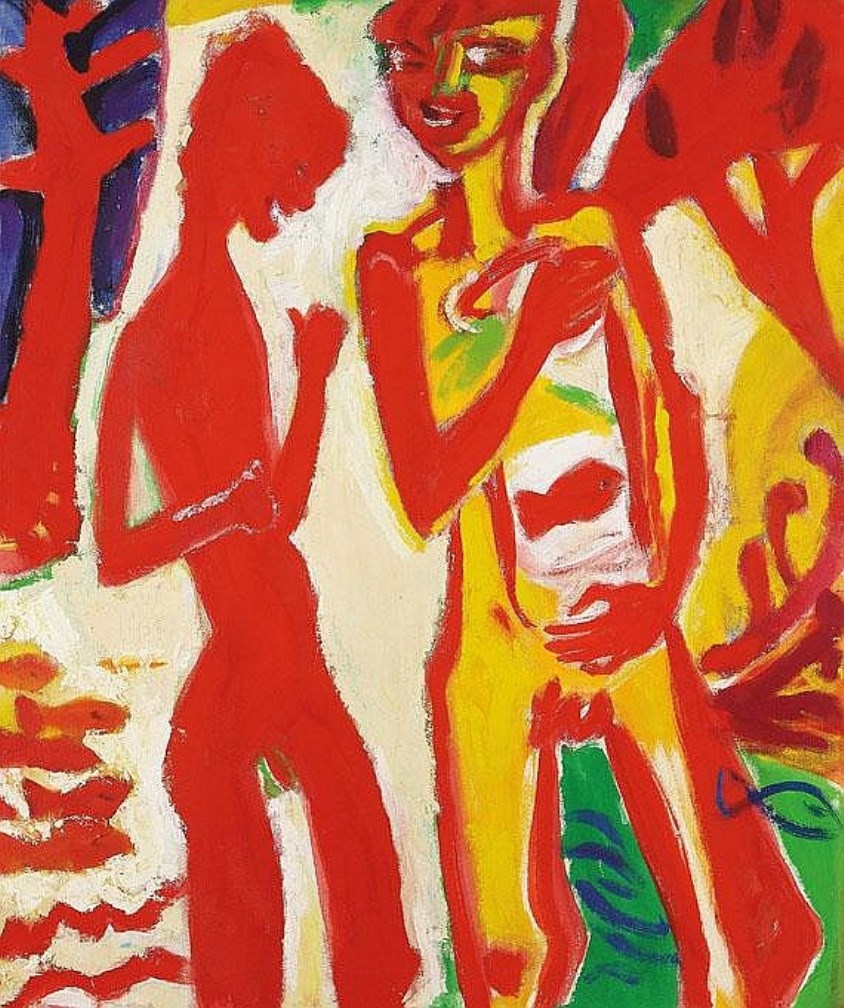
Fritz Keller was a German expressionist painter and lithographer.
He received his art education at the Academy of Fine Arts in Leipzig. Keller is known for his colorful paintings depicting people and animals in primitive landscapes.


Fritz Keller was a German expressionist painter and lithographer.
He received his art education at the Academy of Fine Arts in Leipzig. Keller is known for his colorful paintings depicting people and animals in primitive landscapes.


Fritz Keller was a German expressionist painter and lithographer.
He received his art education at the Academy of Fine Arts in Leipzig. Keller is known for his colorful paintings depicting people and animals in primitive landscapes.


Hendrik Willem Mesdag was a Dutch marine painter.


Gotthardt Kuehl was a German painter of the late nineteenth and early twentieth centuries. He is known as an impressionist painter and teacher.
Gotthardt Kuehl studied painting at the Dresden and Munich Art Academies, as well as in Paris, where he lived for two years, and on study trips to Italy and the Netherlands. He created cityscapes, architectural sketches and paintings with social themes, gaining recognition in the early stages of his work.
Kuehl participated in the founding of several artists' associations, including the Elbians, and was a member of the Berlin Secession. He continued to create and teach actively until his death.


Gustav Gildemeister was a German artist, a representative of the avant-garde movements of the early twentieth century.
He studied art at the Dusseldorf Academy, painted portraits and mainly landscapes in the styles that were actively developing at that time: German Art Nouveau, French Pointillism and late Impressionism. The artist was drafted during World War I and died at the front.


Werner Mathias Goeritz Brunner was a Mexican painter and sculptor of German origin. After spending much of the 1940s in North Africa and Spain, he and his wife, photographer Marianne Gast, immigrated to Mexico in 1949.
In 1953 he first presented his "Manifiesto de la Arquitectura Emocional" (Emotional Architecture Manifesto) at the pre-inauguration of the Museo Experimental El Eco in Mexico City, which he designed in 1952-53. During the 1950s, Goeritz also collaborated with Luis Barragán to make monumental abstract sculptures in reinforced concrete, including El animal del Pedregal (The Animal of the Pedregal, 1951) and the Torres de la Ciudad Satélite (Towers of Satellite City, 1957).


Hann Trier was a German abstract expressionist watercolourist and graphic artist. Hann Trier is best known for his giant ceiling paintings in the Charlottenburg Palace. He was the older brother of the art historian Eduard Trier (1920-2009).






